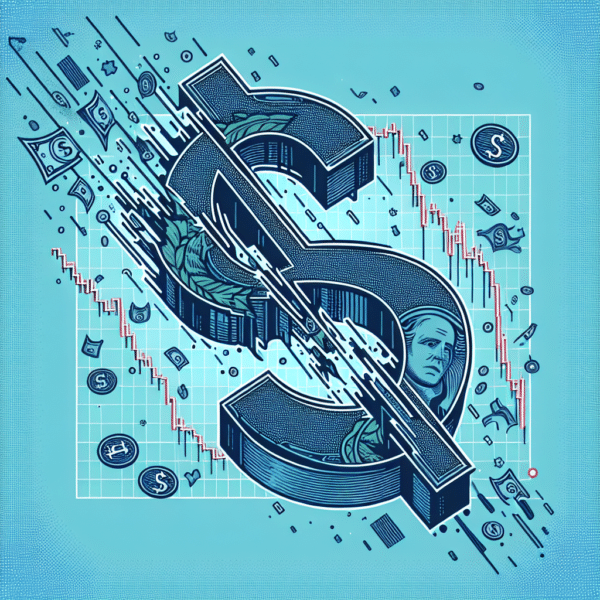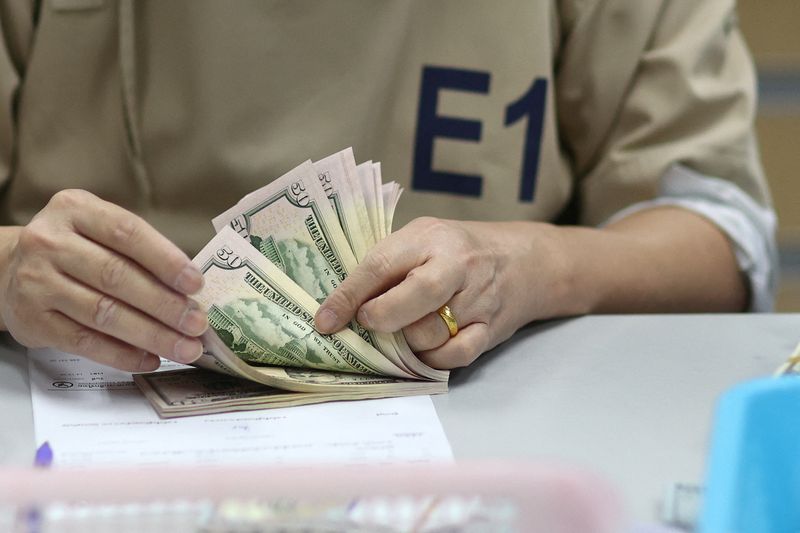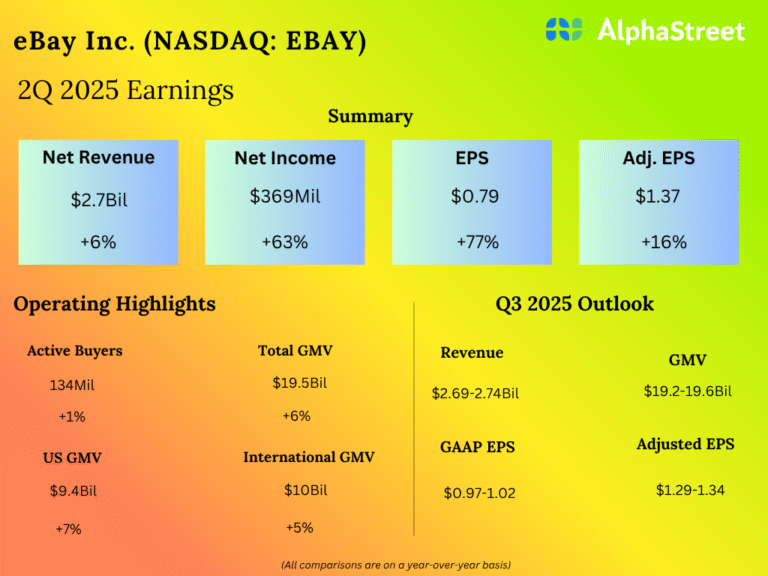[adrotate group="2"]
By Chuck Mikolajczak
NEW YORK (Reuters) – The U.S. dollar faced declines on Monday amid volatile trading conditions following mixed signals regarding the intensity of President-elect Donald Trump’s proposed tariff strategies upon his inauguration.
The dollar experienced a drop of up to 1.07% against a group of major currencies after the Washington Post indicated that Trump’s team was considering applying tariffs across the board to all nations, but limited to sectors deemed vital for U.S. national or economic security, which alleviated fears about excessive and widespread tariffs.
However, the dollar quickly rebounded after Trump dismissed the report via a post on his Truth Social platform.
“The situation is such that Trump’s comments on Truth Social will likely lead to currency market volatility for some time, and the reaction seen on Monday morning reflects these ongoing dynamics,” commented Karl Schamotta, chief market strategist at Corpay in Toronto.
“Current market sentiment suggests that Trump’s threats may not materialize into action, and any information supporting this idea could boost risk assets while driving the dollar and Treasury yields down. Nonetheless, significant downside risks persist, and there’s no definitive resolution in sight,” Schamotta added.
The dollar index, which gauges the U.S. currency against a selection of others, decreased by 0.64% to 108.26, with the euro rising by 0.76% to $1.0386. The dollar was on track for its most substantial daily percentage decline since November 27, while the euro was set for its largest daily increase since August 2.
Last week, the dollar index peaked at a two-year high of 109.54, marking its fifth consecutive weekly increase, buoyed by a strong economy, potential inflation surges from tariffs, and an anticipated slower rate of Federal Reserve cuts, all of which supported the greenback.
Moreover, the yuan appreciated by 0.16% against the dollar, reaching 7.348 yuan per dollar. The dollar had attained a 26-month peak against the yuan last week, with China seen as a key target for Trump’s tariffs.
The dollar’s decline was also tempered by remarks from Fed Governor Lisa Cook, asserting that the Fed could adopt a cautious stance on further rate cuts, given the stable state of the economy and persistent inflation.
Multiple Fed officials are scheduled to speak this week, likely reiterating the ongoing necessity to address stubborn inflation rates.
The euro, which recently hit its lowest level since November 2022, gained ground after preliminary data indicated that annual inflation in Germany exceeded expectations for December.
“There exists potential for a 2%, 3%, or 4% correction in the dollar index in the near term, but achieving that would require evidence of improved performance in the European economy, possibly resulting in increased European interest rates, or a better understanding regarding tariffs,” said Shaun Osborne, chief FX strategist at Scotiabank in Toronto.
Recent U.S. economic data revealed a decline in new orders for manufactured goods in November, while business investment in equipment appeared to be slowing in the fourth quarter.
In contrast to the dollar’s performance, it rose by 0.17% to 157.53 against the Japanese yen, while the British pound strengthened by 0.72% to $1.251.
Investors are set to assess numerous U.S. labor market reports this week, culminating in Friday’s essential government payroll data.
The Canadian dollar appreciated by 0.74% against the greenback, adjusting to C$1.43 per dollar, following Canadian Prime Minister Justin Trudeau’s announcement that he plans to resign from leadership of the ruling Liberals next month.
[adrotate group="2"]






